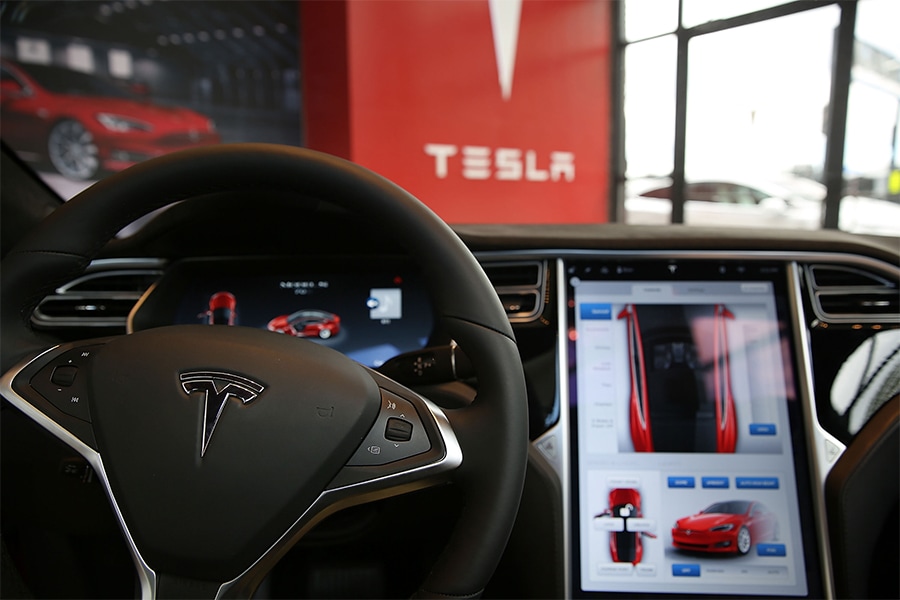
Tesla Autopilot and other driver-assist systems linked to hundreds of crashes
Nearly 400 crashes in the US in the past 10 months have been linked to cars using advanced driver-assistance technologies, which led to the death of six people and five serious injuries
 About 830,000 Tesla cars in the United States are equipped with Autopilot or the company’s other driver-assistance technologies — offering one explanation why Tesla vehicles accounted for nearly 70% of the reported crashes in the data released Wednesday.
Image: Spencer Platt/Getty Images
About 830,000 Tesla cars in the United States are equipped with Autopilot or the company’s other driver-assistance technologies — offering one explanation why Tesla vehicles accounted for nearly 70% of the reported crashes in the data released Wednesday.
Image: Spencer Platt/Getty Images
Nearly 400 crashes in the United States in 10 months involved cars using advanced driver-assistance technologies, the federal government’s top auto-safety regulator disclosed Wednesday.
The findings are part of a sweeping effort by the National Highway Traffic Safety Administration to determine the safety of advanced driving systems as they become increasingly commonplace.
In 392 incidents cataloged by the agency from July 1 of last year through May 15, six people died and five were seriously injured. Teslas operating with Autopilot, the more ambitious Full Self Driving mode or any of their associated component features were in 273 crashes. Five of those Tesla crashes were fatal.
The data was collected under a NHTSA order last year requiring automakers to report crashes involving cars with advanced driver-assistance systems. Scores of manufacturers have rolled out such systems in recent years, including features that let you take your hands off the steering wheel under certain conditions and that help you parallel park.
NHTSA’s order was an unusually bold step for the regulator, which has come under fire in recent years for not being more assertive with automakers.
©2019 New York Times News Service







